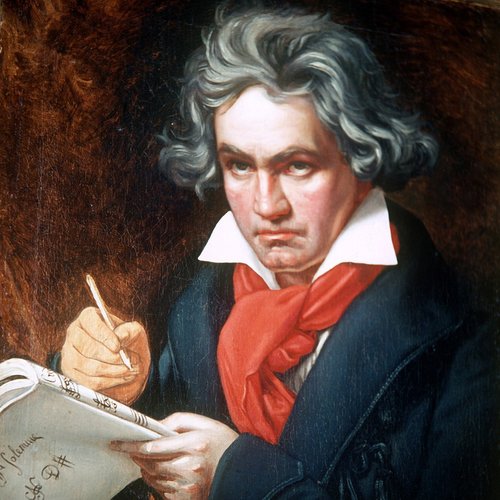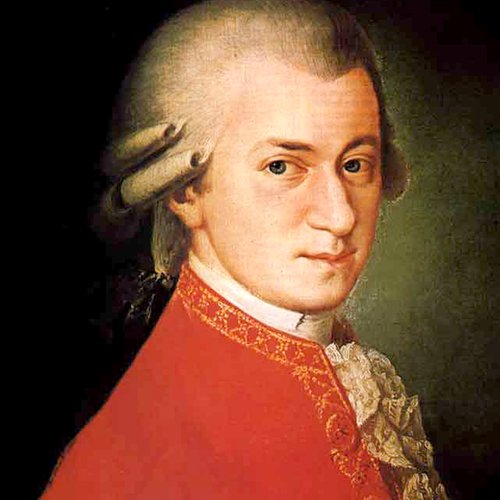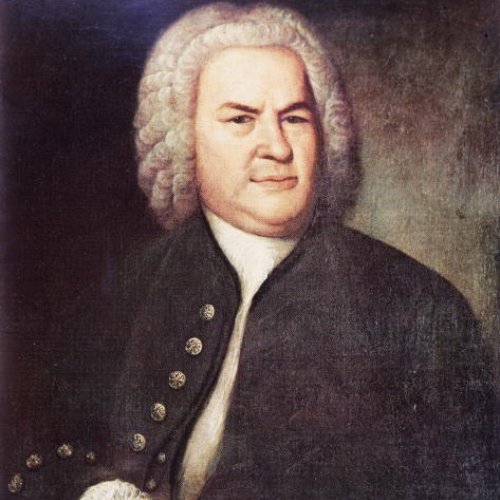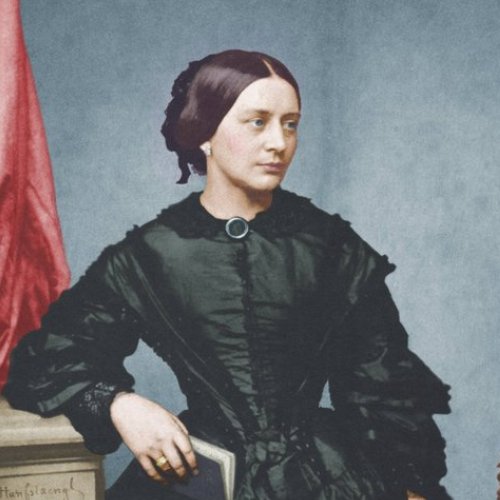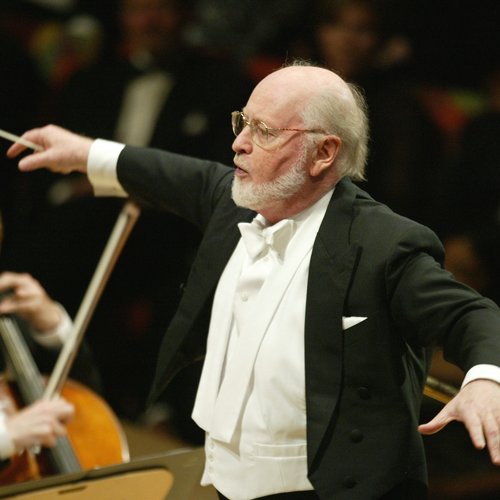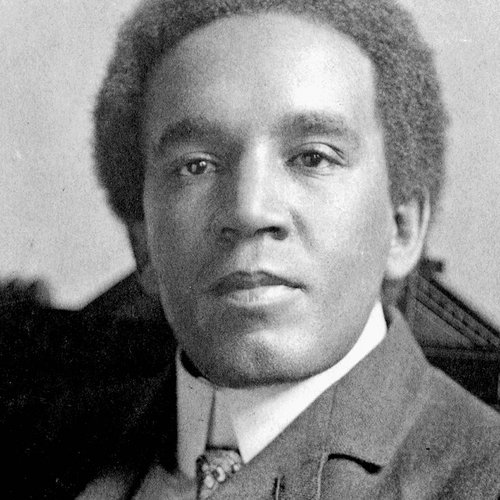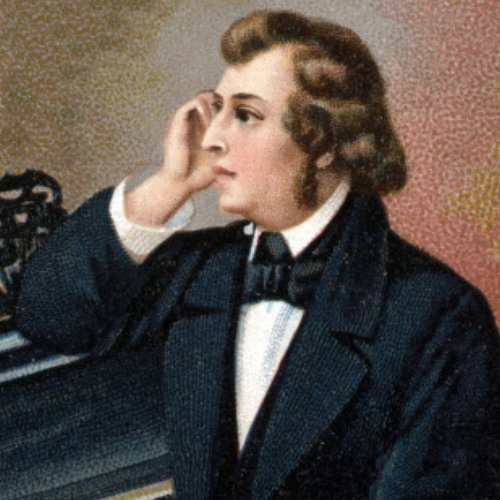The 10 greatest pieces of music by Fanny Mendelssohn, ranked
7 March 2024, 12:49
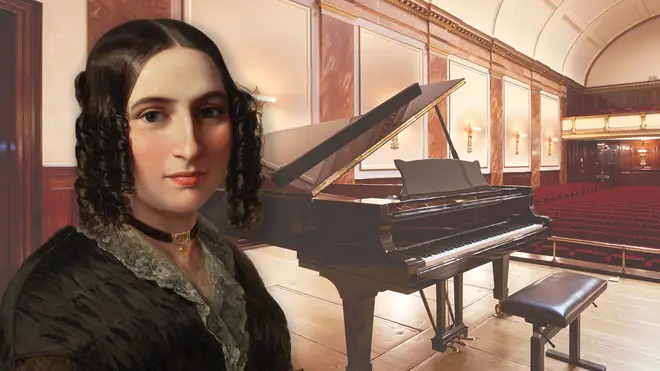
With more than 460 pieces of music to her name, Fanny Mendelssohn was one of the most sensational creative minds of 19th century Germany. Here are the 10 best pieces she wrote, ranked.
Listen to this article
As a young girl, Fanny Mendelssohn’s musical talent was immediately clear. Born in Hamburg, 1805, to a family of musicians, she first learned piano from her mother, and quickly learned to play Bach preludes from memory.
She was later enrolled in formal music lessons alongside her brother, Felix, including composition classes with Carl Friedrich Zelter.
Zelter was so impressed with the young musician that he wrote to the great German poet Johann Wolfgang von Goethe: “[Mendelssohn’s] oldest daughter could give you something of Sebastian Bach. This child is really something special.”
Despite her early promise and clear exhibition of immense talent, Fanny Mendelssohn was boxed in by her father and brother, who felt that her place as a woman was to focus on her family and household, and that it would be unbecoming of her to pursue a career as a musician.
Nevertheless, Fanny composed behind the scenes for much of her life, writing several hundred lieder (a type of German song), more than 125 solo piano pieces, and several large scale works for choirs and orchestras.
Some of her pieces were published under her brother Felix’s name, until she finally found the confidence to publish her music under her own name in 1846. Fanny Mendelssohn tragically died just one year later at the age of 41.
Today Fanny’s music is becoming increasingly widespread, with new pieces of hers still being resurfaced in recent years. Here are her 10 greatest pieces (that we know about)...
Read more: 21 of the greatest women composers in classical music
-
Schwanenlied
The first in a series of six songs, Fanny Mendelssohn’s Schwanenlied uses words by German poet Heinrich Heine, over a beautifully flowing piano accompaniment.
Translating to ‘Swan song’, the words set a beautiful lakeside scene as a swan paddles gracefully across the water, before slipping beneath the waves.
Mendelssohn’s vocal melody gives the beautiful beast its literal swan song, floating as elegantly as the swan itself above the piano.
Read more: Spine-tingling moment ballerina with Alzheimer’s remembers routine to Swan Lake

Fanny Hensel: Schwanenlied, Op. 1/1
-
Das Jahr
In the year leading up to her death, having just decided to take composing seriously, Fanny Mendelssohn experienced one of her most prolific bursts of musical energy.
One of the works she wrote in 1841, Das Jahr (The Year) is a 13-piece piano series each dedicated to a different month of the year, plus a finale at the end, written as a Christmas gift for her husband Wilhelm.
From the sprightly, dance-like February to November’s reflective melancholy, every short piece provides a snapshot into a fascinating life.

Fanny Mendelssohn: Das Jahr (The Year)
-
Schluss
Written by Mendelssohn somewhere between her late teens and early twenties, ‘Schluss’, meaning ‘Ending’ is a gently rocking piece for solo piano, sure to lull you into the perfect state of relaxation.

Schluss
-
Easter Sonata
Despite being written in 1828, Fanny Mendelssohn’s Easter Sonata didn’t receive its rightful premiere in her name until 2012.
The manuscript had been lost for 150 years, and when it was rediscovered it was assumed that the ‘F. Mendelssohn’ written at the top of the score referred to Felix.
After years of research and campaigning by Dr Angela Mace, the piece was finally correctly attributed to its rightful composer, Fanny Mendelssohn, who had written it aged just 22.
Read more: Fanny Mendelssohn’s great-great-great granddaughter turns composer’s ‘formidable’ life into film

Fanny Mendelssohn - Easter Sonata
-
Wanderer’s Nightsong
Written in German as ‘Über allen Gipfeln’, the Wanderer’s Nightsong is a truly sublime setting of a poem by Goethe.
With words describing the quiet stillness of night amongst a mountainside forest, Mendelssohn’s music for baritone voice and piano is almost hypnotically calming, and makes use of close, crunchy harmonies to beautiful effect.

Fanny Hensel: GOETHE-LIEDER, Tobias Berndt, Alexander Fleischer
-
Nocturne in G minor
Despite not having visited Venice by 1838, when she wrote this Nocturne, Fanny Mendelssohn was inspired by what she knew from her brother’s Venetian travels.
Written in the style of a barcarolle – the traditional folk music style of the city’s famous gondoliers – Mendelssohn’s piano music ripples as the water might in Venice’s endless network of canals.

Fanny Mendelssohn - Notturno in G minor
-
Sonata o Fantasia for cello and piano
Much of Fanny Mendelssohn’s music was written for performing at social gatherings with friends and family.
Born to a musical family, she had plenty of duet partners to choose from, and wrote this one to play with her youngest brother, Paul, who was a cellist.
The piece begins with a beautiful yet simple cello part, with long notes held over a more melodic piano accompaniment, growing more and more intricate towards a flourish of a finale.

Sonata o Fantasia in G Minor, H-U 238
-
String Quartet in E flat major
Written in 1834, Fanny Mendelssohn’s string quartet is one of the earliest known works of this genre written by a woman, after the ‘father of the string quartet’ Haydn established the style in the late 1700s.
The music itself is a reworking of a piano sonata she had begun to write five years earlier, but left unfinished. It’s an example of Mendelssohn’s inventiveness and creativity, experimenting with new uses of harmony and structure in ways even her brother was not.

Fanny Mendelssohn String Quartet (Augustin Hadelich, Andrew Wan, Matthew Lipman, Julie Albers) LIVE
-
Overture in C
Mendelssohn only wrote a small number of orchestral works, and this was the only piece she wrote for orchestra alone.
It being her first and final foray into orchestral writing didn’t stop this from being a sparkling example of her abilities as a composer.
Making full use of the soaring winds, flowing strings and thunderous timpani at her disposal, Mendelssohn’s overture is almost 10 full minutes of glorious music and catchy melodies.

Fanny Mendelssohn: Overture in C || Royal Northern Sinfonia
-
Oratorium
In just one year, Fanny Mendelssohn wrote an overture and three large-scale choral works – the same year that she was raising a small baby with her new husband, and nursed her young family through a cholera epidemic.
Written for orchestra, chorus, and four soloists, Mendelssohn’s oratorio is a thrilling half hour of impassioned and fervent music-making that your life will be all the better for having heard.

F Mendelssohn Hensel | Oratorium nach den Bildern der Bibel - complete


